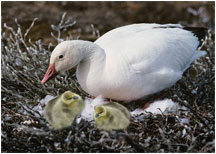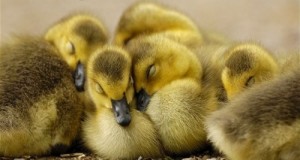- The Hikers
- Tundra Swans
- Flying Snow Geese
On March 12th the Duncannon Outdoor Club went to the Middle Creek Wildlife Management Area to witness the migrating Tundra Swans and Snow Geese. Middle Creek Is an important way station providing food and rest for waterfowl flying to northern breeding sites. The warmer weather triggered an earlier migration, so we were lucky to see thousands of Snow Geese. The Tundra Swans were visible only through binoculars, since they had settled down far across the lake.
- Watching people watch the birds.
- Lunch Break!
- A Vernal Pool
After taking pictures and observing the birds and the many people observing them, we headed to the Visitor’s Center to begin our hike along a series of trails. We started at the Conservation Trail to Spicebush Trail, up Valley View Trail, down Horseshoe Trail, to Middle Creek Trail, up Elders Run Trail, back to Conservation Trail to the Visitor’s Center for a total of six plus miles. The two climbs required some effort, but lunch after the first climb re-energized us for further challenges.
We could not believe that horses could traverse down the section of Horseshoe Trail which was nothing more than a narrow, steep, deep ditch down the mountain. Horseshoe tracks confirmed that it was possible. On the Conservation Trail we were lucky to see a vernal pool, a temporary pool of surface water, full of Wood Frog and Jefferson Salamander eggs, an early sign of spring.
As with every DOC event we had an outdoor educational theme. The theme for our event was Snow Geese and Tundra Swans so we had a brief presentation before starting our hike. First we reviewed the four major flyways in North America: the Atlantic Flyway (commonly known as the Kittatinny Ridge in the Harrisburg area), the Mississippi Flyway, the Central Flyway, and the Pacific Flyway.
(Please note that the Kittatinny Ridge is being threatened by development. Refer to Kittatinny Ridge for further information on this topic and to find what you can do to save the ridge.)
- Tundra Swans mate for life.
The Tundra Swans use mostly the Pacific and Atlantic Flyways to reach Northern Canada and the Northern and Western edges of Alaska breeding areas. They leave their wintering areas at their lowest weight relying heavily on way stations like Middle Creek and the lower Susquehanna. When winter approaches, the Tundra Swans east of Point Hope Alaska winter on the Atlantic Coast flying 4,000 miles. Swans south of Point Hope follow the Pacific flyway to their wintering areas along the Pacific Coast.
Tundra Swans have black beaks, faces, and legs. There are small yellow spots in front of their eyes. Holding their necks in a straight position differentiates them from the Mute Swans, a feral or domestic non-native species, which hold their necks in an “S” position.
The Mute Swans are easy to tell apart from Tundra Swans, because they have an orange bill with a black knob at the base. This non-native species is very aggressive, taking and defending a half square mile as its territory. It is a very aggressive bird and will hiss, stare, hit with the wrists of its wings and attack humans. This behavior and a voracious appetite disturbs local ecosystems displacing native species like the Tundra Swan.
Tundra Swans are dabblers used to eating animal matter and nipping off submerged aquatic plants as deep as three feet below the surface. However, due to vanishing wetlands they have begun to feed on agricultural fields. Nipping off the tops of plants and eating seeds left behind after the harvest.
- Nests are built high for better visibility.
- Female Tundra Swans have 3 to 5 cygnets.
Tundra Swans build their nests out of grasses, sedge, mosses, and lichens on the ground in a place providing good visibility. Their territory covers a half square mile, but does not seem to impact the local ecosystem as negatively as the Mute Swans. Tundra Swan babies, called cygnets, are born with their eyes open and are in the water 12 hours after they pip the shell. They are light gray in color, are brooded by the parents for about a week, and are ready to fly after two or three months.
- Snow Geese
- Notice the black wing tips.
- Grubbing Snow Geese
Snow Geese make up three regional populations: Eastern, Central, and Western, using all four flyways for migration. They breed from the eastern edges of Alaska to western Greenland. They fly south in September, arriving at their wintering area some traveling up to 3,000 miles. From February to May they migrate north back to their breeding ground.
There are two subspecies of Snow Geese: the greater snow geese and the lesser snow geese. It is primarily the greater snow geese seen wintering in Pennsylvania, however, the lesser snow geese are expanding into the area. The lesser snow geese are dimorphic, meaning they come in two color phases, white and blue. The blue morph phases have white heads and necks, with gray-brown bodies and white or gray underparts. All Snow Geese have dark eyes, pink bills and legs, with a black edges on their bills giving the impression of a permanent smile. Their black primary wing feathers, evident in flight, make them easy to identify in the air. They also have a “falling leaf” behavior when landing as they dive bomb out of the sky.
Snow Geese are primarily herbivores preferring leafy parts of grasses. sedge, rushes, forbs and shrubs. They feed in shallow waters and on saturated ground. Snow geese are grubbers meaning they feed by pulling the stems and roots out of the ground. This destructive behavior is responsible for habitat damage in both their wintering and breeding areas. They often are not welcomed by the Pennsylvania farmers whose plants, especially winter wheat, are destroyed by massive gaggles of Snow Geese migrating through Pennsylvania.
- Snow Geese lay 3 to 5 cream colored eggs.
- Goslings run and swim within hours after hatching.
- Both parents raise the young.
Snow Geese create life long bonds and can live beyond 26 years. Snow Geese will only mate with another of the same color, therefore, the blue morphs only mate with another blue morph and will always have blue morph young. All Snow Geese breed in colonies with each pair protecting the area around the nest. The nest is placed for good visibility, and constructed of plant material and down plucked from the female’s body. The female usually lays 3 to 5 cream colored eggs and is known to participate in “nest parasitism”. Knowing that an unattended egg will attract predators, the female will lay an egg away from her nest and close to another’s. In order to protect her nest, the other female will often take in the rogue egg, incubate and raise it as if her own.
At the end of our discussion we played a little quiz game where participants could win a dollar if they were the first to yell out the correct answer. Not all answers were presented in the presentation so participants had to also rely on previous knowledge. Competition was heated! See if you know the answers.
- What do you call a male goose?
- What do you call a female goose?
- What do you call a group of geese on the ground?
- What do you call a group of geese in flight?
- What do you call a male swan?
- What do you call a female swan?
- What do you call a group of swans on the ground?
- What do you call a group of swans in the air?
- What do you call a baby goose?
- What do you call a baby swan?
So did you win ten dollars?
Answers: goose, gander, gaggle, skein, cob, pen, bank, wedge, gosling, cygnet
(Please note: There is talk of closing the Middle Creek Wildlife Management Area if funding is not available. Contact the PA State Game Commission for further information)


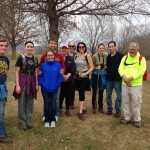
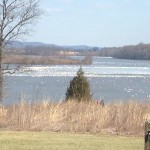

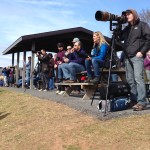

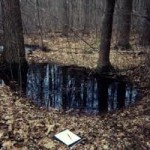
![north-america-migration-flyways[1]](https://duncannonatc.org/wp-content/uploads/2015/12/north-america-migration-flyways1-300x300.jpg)
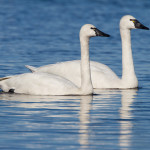
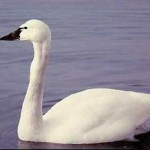

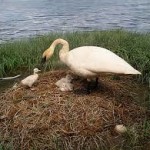
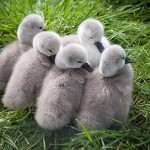

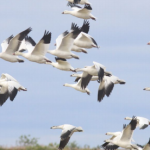

![800px-Snow_Geese_in_Fir_Island_field_-_2009[1]](https://duncannonatc.org/wp-content/uploads/2016/04/800px-Snow_Geese_in_Fir_Island_field_-_20091-300x194.jpg)

